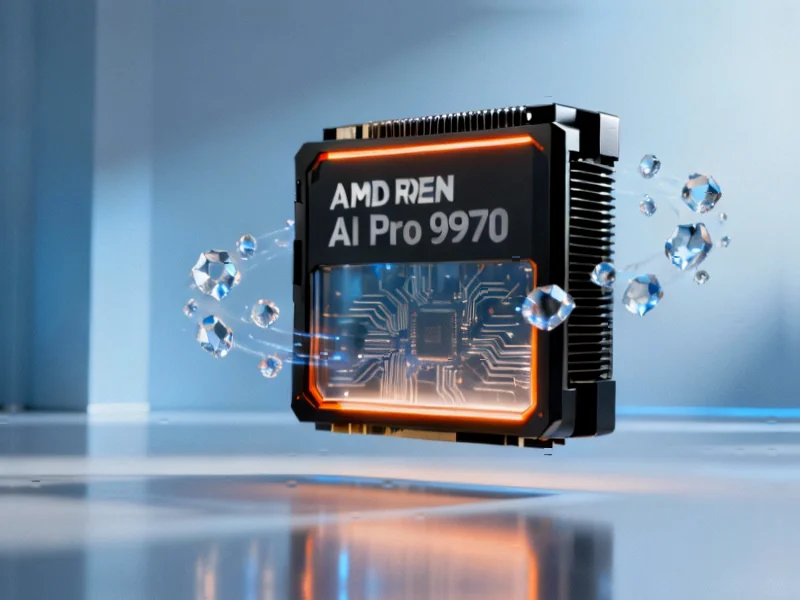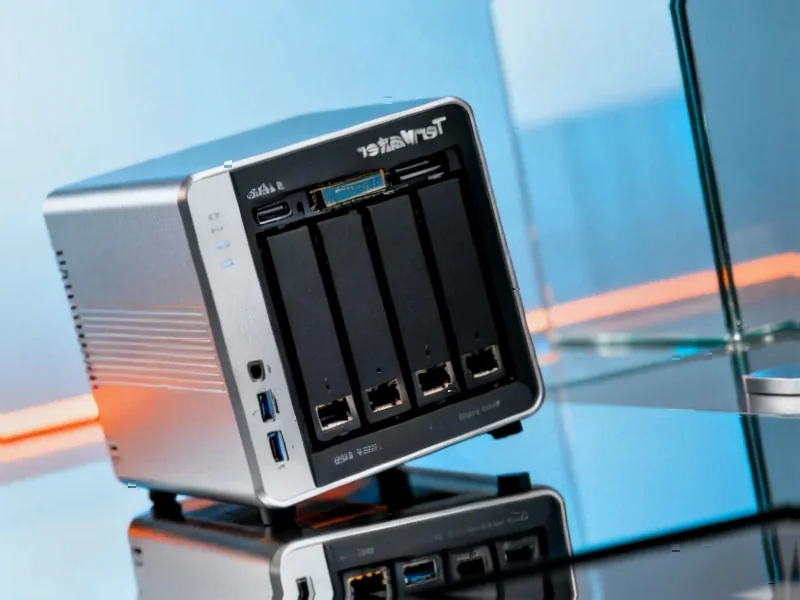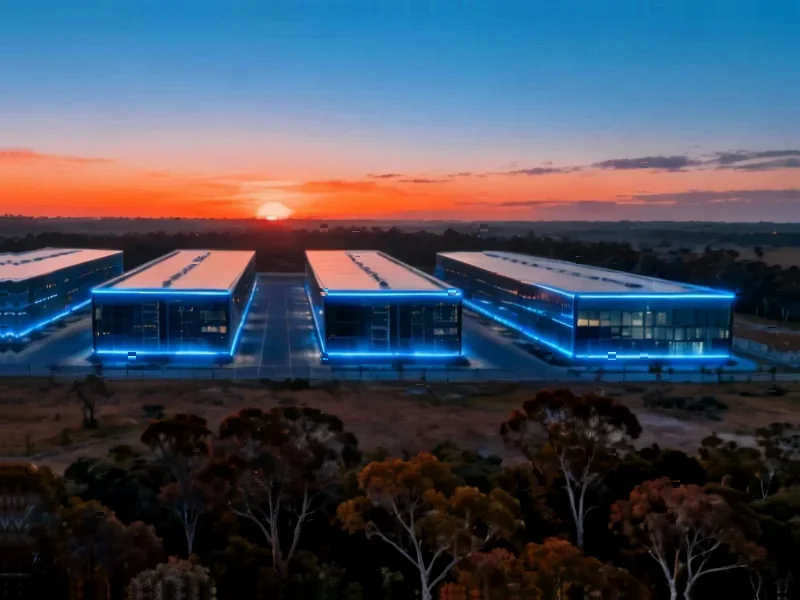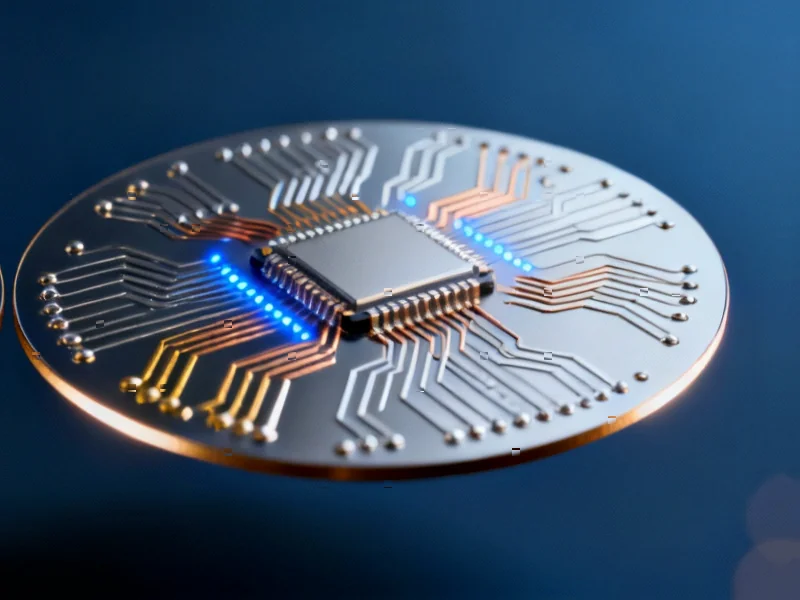AMD has officially announced the retail availability of its Radeon AI Pro R9700 graphics card for AI developers. The standalone GPU will launch October 27 with a starting price of $1,299, featuring 32GB of VRAM and specialized AI accelerators.
Official Pricing and Release Date Confirmed
AMD has confirmed that its highly anticipated Radeon AI Pro R9700 graphics card will reach retail markets on October 27, with pricing starting at $1,299, according to reports from company executives. The announcement came via social media from David McAfee, AMD’s vice president and general manager of Ryzen CPU and Radeon graphics, who stated that the GPU represents a significant offering for AI developers seeking local development capabilities.








